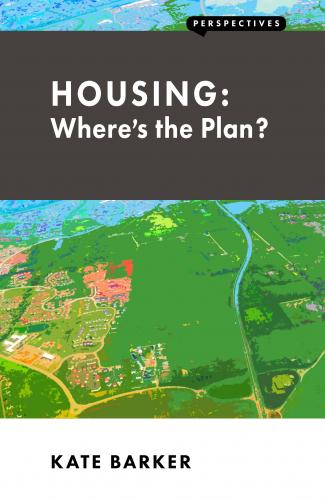Figure 2.1. UK housing completions. Source: Department for Communities and Local Government.
The high rate of home building during the 1950s and, especially, the 1960s suggests that there is nothing about nationalized development rights and a plan-led system that intrinsically inhibits residential development. Active public policy played a large role: fourteen new towns were designated in the UK in the 1960s in response to faster projected population growth (this projection was later revised down sharply, bringing about a reduction in the new towns programme). However, subsequent changes in planning regulation, the funding of subsidized housing, and attitudes to development and the development industry have all combined to reduce the rate at which homes have been added to the stock in the face of rising demand.
The 1970s, 1980s and 1990s: planning comes under pressure
The early success in boosting housing supply concealed underlying problems. Under the 1947 Act, local authorities were primarily responsible for drawing up local plans, which then required ministerial approval. This proved unwieldy, with long delays in amending plans to take account of the rapidly changing economic and demographic pressures of the 1960s. In 1968 a two-tier system was introduced, with counties responsible for ‘structure plans’ taking a more strategic view. Until 1992 these were subject to approval by the secretary of state.
This change did little to help. It took until 1975 for the first structure plan to be approved, and plans were often so long in preparation that they were out of date by the time they were adopted. During the 1980s, structure plans were much criticised for increasing uncertainty. The Planning and Compensation Act of 1991 aimed to tackle this. It enhanced the plan-led system by giving the plan primacy in development control; it made district-wide local plans mandatory; it removed the requirement for central government approval of structure plans; and it abandoned small-area local plans. Despite this apparent tidying up, the planning system continued to be criticized for causing delays, because of the lack of coordination between different levels of government, and because of generally excessive bureaucracy. It is often argued that the stronger role given to local plans increased the difficulty of gaining planning permission, rather than making it easier.
The 2000s: an accelerating pace of change
The Planning and Compensation Act of 2004 abolished structure plans, introducing a bigger role for Regional Spatial Strategies to be approved by the secretary of state, alongside a ‘portfolio of local plans’ developed at district level. It was perhaps curious that a review was ordered into land-use planning at the end of 2005, very soon after the 2004 Act: a review that I was asked to lead. The government of the day realized that there was continued impatience with the planning system, particularly when it came to large infrastructure projects. Besides, it already seemed like the process for producing the new local development plans was (yet again) unduly cumbersome.
Following my review, the Planning Act 2008 introduced a new planning process for major infrastructure. For housing, the key measure was the concept of the Community Infrastructure Levy, which I discuss in chapter 7. Also, the processes for local plan production were streamlined.
Since 2010 the coalition government has continued to reform the planning system. Their initial rhetoric was about localism and greater democracy, reflected in the 2011 Localism Act, which abolished the regional tier of planning. Among other changes, this Act introduced a ‘duty to cooperate’: a not very successful attempt to ensure that local authorities worked together on planning matters of joint concern (such as transport projects that straddle local boundaries).
Fears from the pro-development lobby that these changes would stifle development quickly gave way to a wave of concern from environmental groups during consultation on the new National Planning Policy Framework. This relatively short document (which did not require primary legislation) came into effect in March 2012, replacing many pages of planning guidance with a shorter and less complex framework. The main sources of contention were as follows.
•The strong emphasis on planning for growth, which led to concerns about environmental sustainability.
•The introduction of a presumption in favour of development where there is no existing plan.
Local authorities were given a year to put plans in place, but in spring 2013 a substantial minority of councils had not even submitted plans for approval by the planning inspectorate, which potentially left them vulnerable to speculative planning applications.
Hard on the heels of the Localism Act, the Growth and Infrastructure Bill included still more changes: a planning authority judged to be performing badly could now be ‘designated’ for a period, and during that time applications in that area would have to be made to the secretary of state directly.
The impact of legislative change
Конец ознакомительного фрагмента.
Текст предоставлен ООО «ЛитРес».
Прочитайте эту книгу целиком, купив полную легальную версию на ЛитРес.
Безопасно оплатить книгу можно банковской картой Visa, MasterCard, Maestro, со счета мобильного телефона, с платежного терминала, в салоне МТС или Связной, через PayPal, WebMoney, Яндекс.Деньги, QIWI Кошелек, бонусными картами или другим удобным Вам способом.
